Home > Key Stage Two > English > Extra
Spooky Night
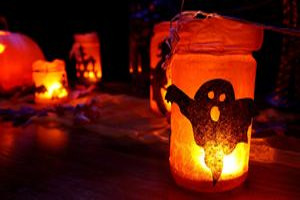
This English teaching pack for Key Stage Two gets the children to select and use descriptive language in poetry to describe spooky sights and shadows that might be seen in a bedroom at night during Halloween. The class can add extra lines to poems to express ideas about what might be seen and heard on Halloween night.
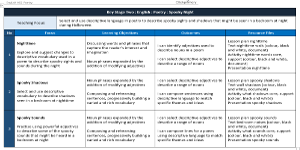
Select and use descriptive language in poetry to describe spooky sights and shadows that might be seen in a bedroom at night during Halloween
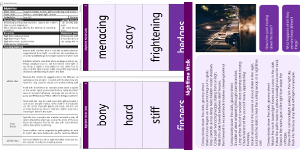
Lesson One : Nighttime
Explore and suggest changes to descriptive vocabulary that has been used in a poem to describe spooky sights and sounds experienced during the night
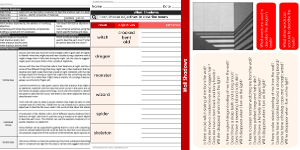
Lesson Two : Spooky Shadows
Explore how to select and use descriptive vocabulary to describe some of the special shadows that might be seen in a bedroom at nighttime

Lesson Three : Spooky Sounds
Practise selecting and using powerful adjectives to describe some of the spooky sounds that might be heard in a bedroom at night
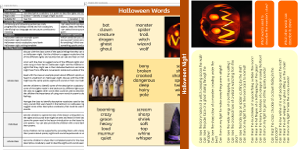
Lesson Four : Halloween Night
Investigate how to select and use special descriptive vocabulary words in a poem to describe spooky sights and sounds that might be experienced on Halloween night

Lesson Five : Halloween Show
Explore how to review and redraft poems describing some of the spooky sights and sounds that might be experienced on Halloween to use in a performance to the class
-

World Wars Poems
Explore and reflect on how poets can use figurative language and verse structures to express themes and ideas about conflicts that have happened in the world
-
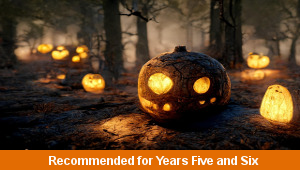
Scary Tales
Investigate and replicate the structure and format of narrative stories and poetry about different spooky and mysterious people, places and events
-
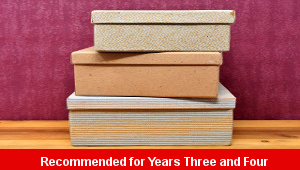
Letter Strings Word Groups
Explore how to identify, list and match some groups of words that can be spelt with common letter strings
-
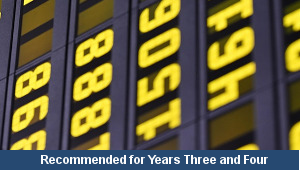
Rounding Hundreds
Explain and model how to round some different numbers to the nearest hundred based on the place values of the digits in each number
